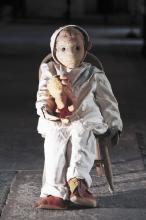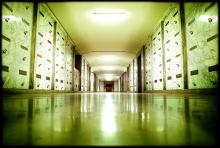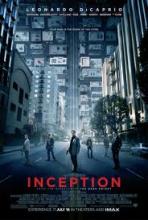New Zealand Man Decapitated by DIY Hovercraft
There's no question that "Do It Yourself" (DIY) technologies have become increasingly more accessible to private citizen enthusiasts. I remember standing in a "workshop" (a basement tool bench) where an air-vent panel from the wing of an airplane sat under florescent lights. "My dad's building his airplane," my friend reported nonchalantly. His dad was an accountant. This was my first experience with things like airplane "kits", for DIY'ers that, having received their pilot's license, simply wanted to make their own airplane (from someone else's plans and materials). I consider this somewhat akin to the guy that wants to drywall his own basement (that being me, with some help), but on an entirely different level. I wanted to save money, learn a bit more about a trade, and challenge myself. Companies are seeing this in many enterprising adults (mostly men) and have commercialized it, providing fairly advanced technology in easy-to-do DIY kits. However, what greater accessibility to these kinds of pre-packaged tech endeavors comes a greater degree of danger; the danger of human error. There is no way to certify that just because an individual feels they followed the directions that they haven't missed something along the way. In the case of the airplane kit, that airplane needed to be certified by an aeronautics professional before even being taken to a hanger. What's really scary is when individuals with just enough knowledge to think they can build something, locate the materials, develop the plan, and implement all on their own.
A 40-year old Auckland, New Zealand man was exactly this type of ambitious guy. He had put together a DIY hovercraft that he had, according to Gimodo.com, tested in his backyard. Evidently thrilled with the results he took his girlfriend and three kids to the beach to test it out. In the process of running it up and down the beach, he had neglected to notice the absence of a critical safety feature; a protective cage or grid around the air-intake side of the actual "fans". One of the blades broke free during his exhibition and shot through the air-intake (rather than out, the way it should have) and decapitated the man. He was killed instantly. At the time of this article it was unknown whether the man had experience with hovercrafts or where he had purchased the DIY kit. "At the moment there are no regulations. You cannot register hovercraft on the road and they do not have warrant of fitness. So you can build them and operate them off the road without rules,'' someone involved with the case noted to New Zealand online news, Stuff.
In February of last year a Michigan man rigged a DIY jetpack to a sled, was not following any kind of kit. According to News.com.au, he rigged it out of an old car muffler, gasoline, and gunpowder with a wick. He began sledding down the hill after a friend lit the wick. It exploded immediately, covering him in flames and resulting in 2nd degree burns to his face and the right side of his body.
There are plenty of reports of people created kitset jetpacks in the news as well. Inevitably, this is the kind of commercial-venture-meets-human-behavior that results in government regulation. Eventually it will be necessary for the parents to step in, slap the hands of companies selling kits that tell people how to build bombs they can strap to their backs, and to curtail the handfuls of people (again, mostly men) that are desperate to illustrate natural selection.









